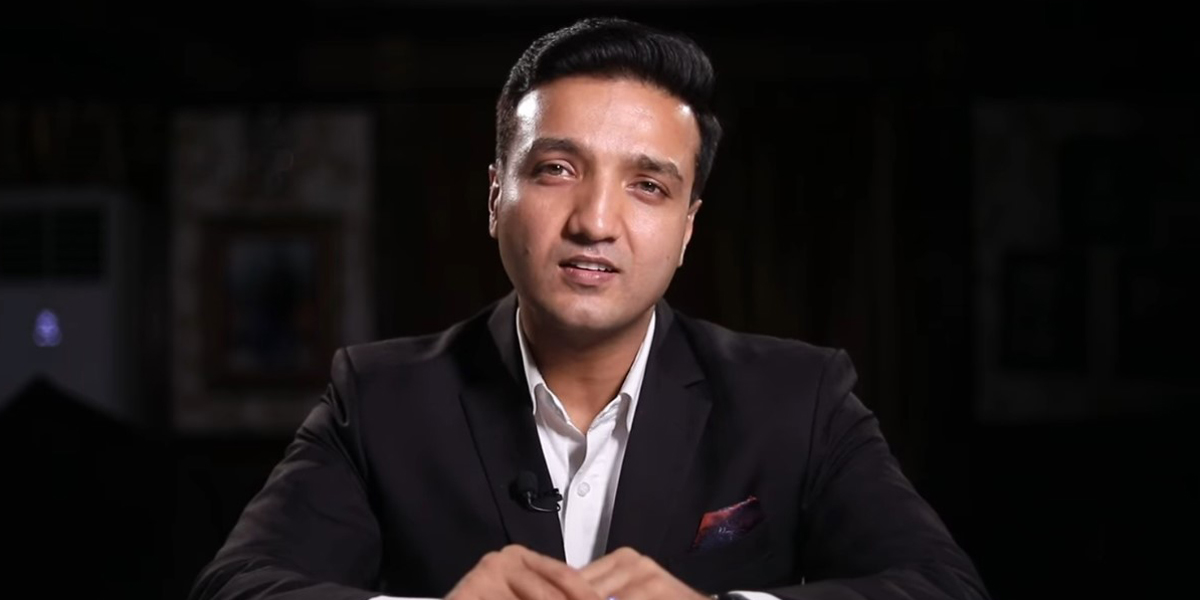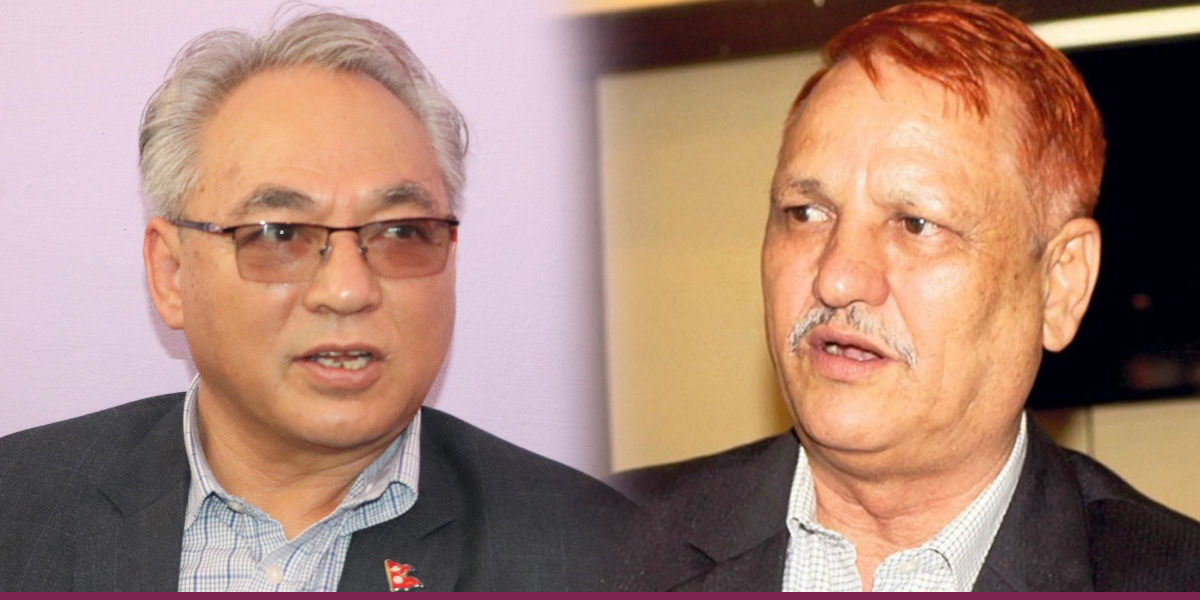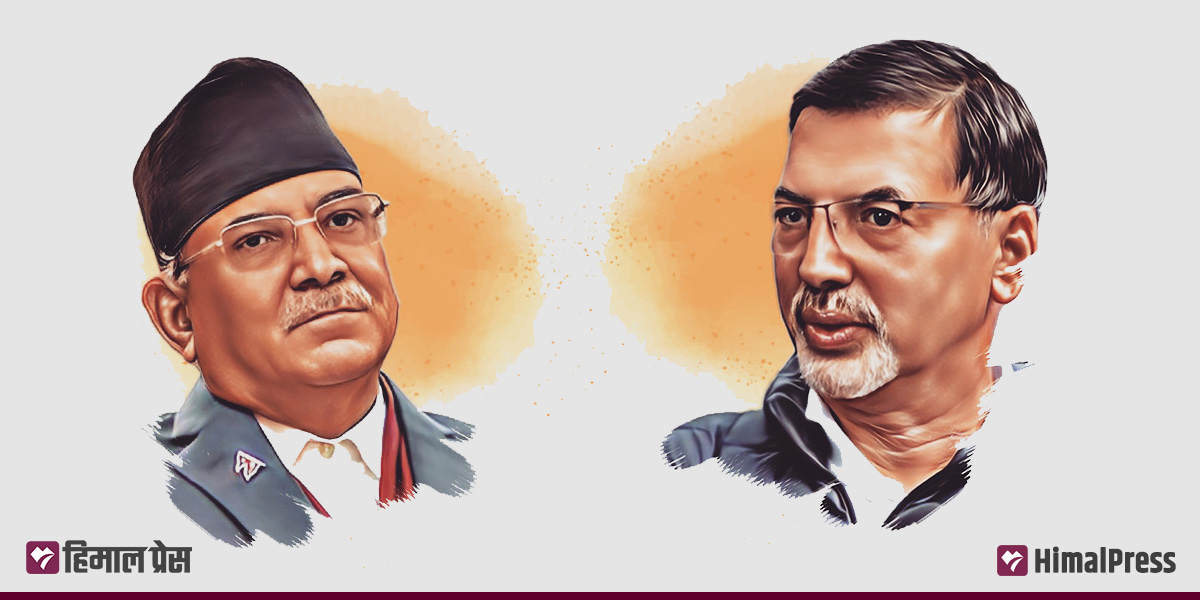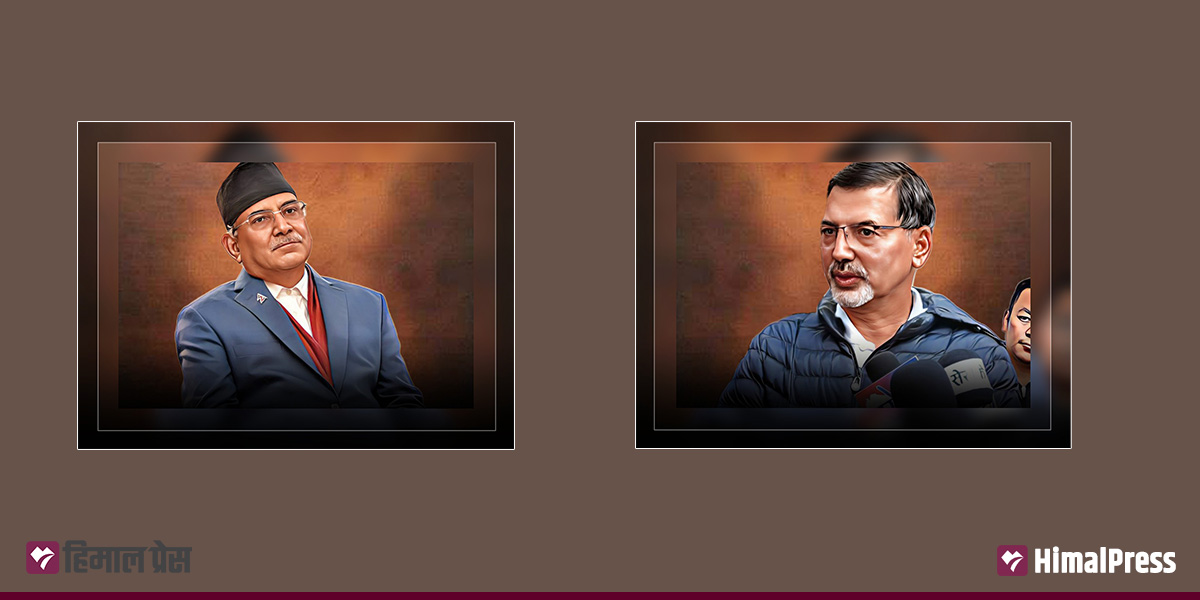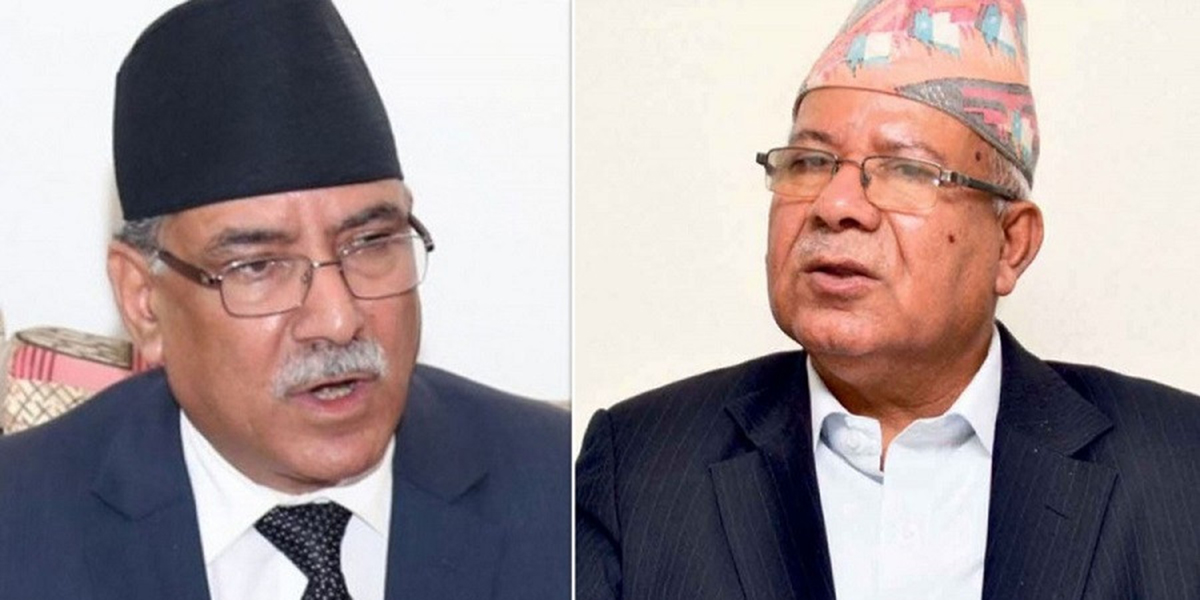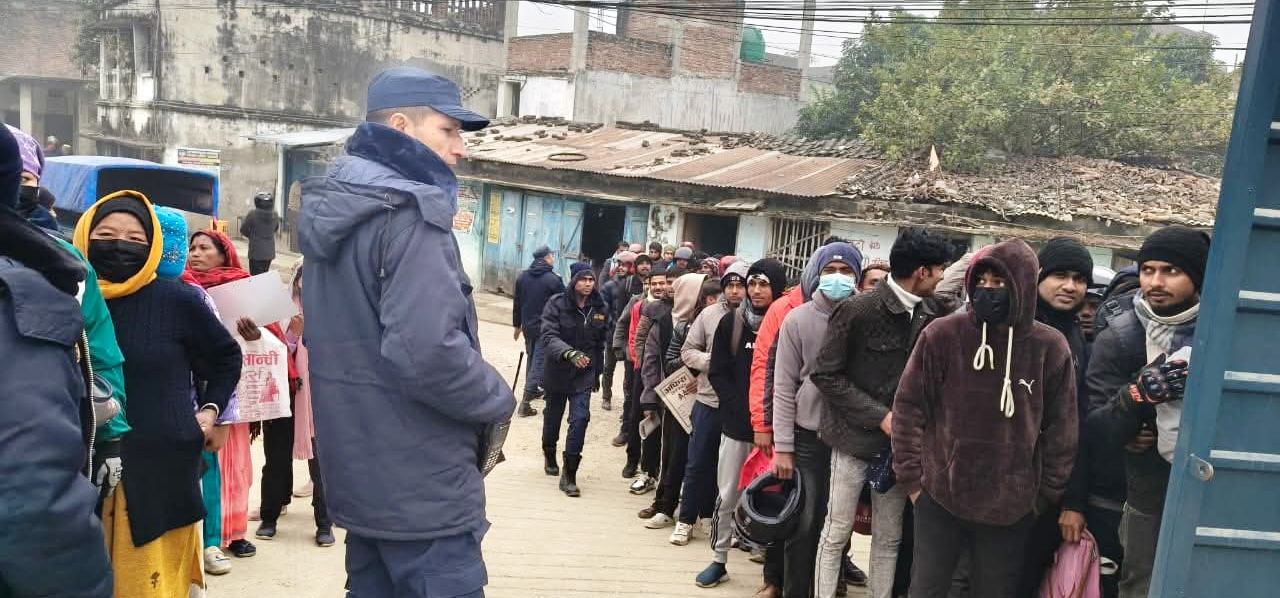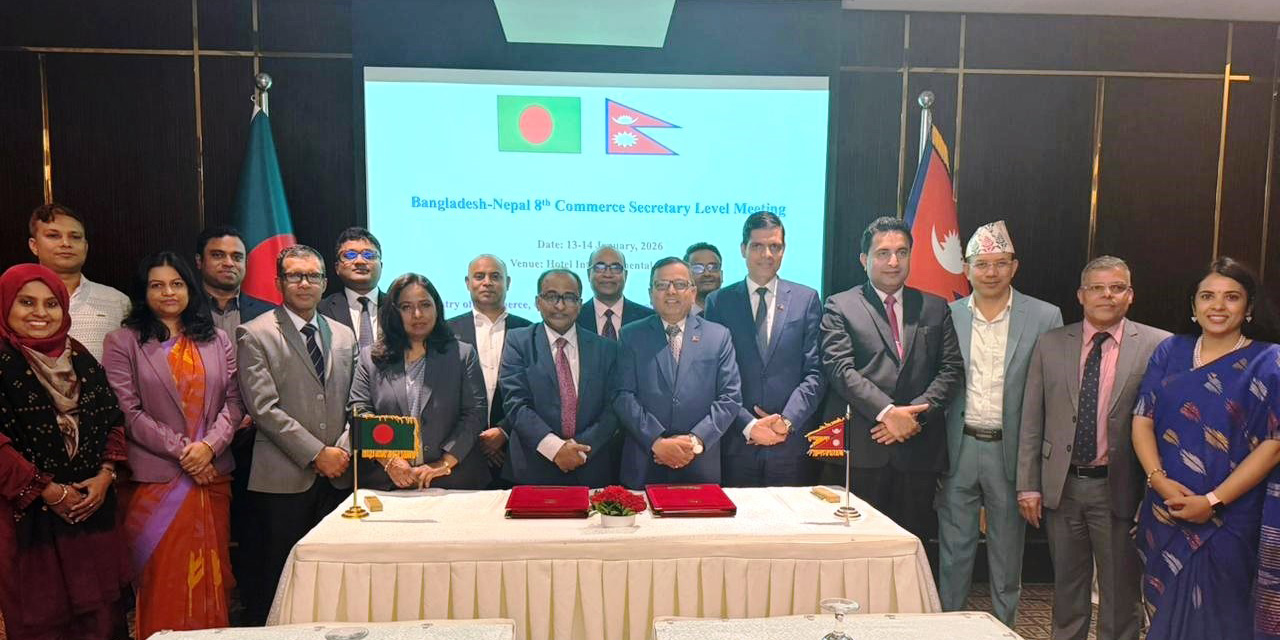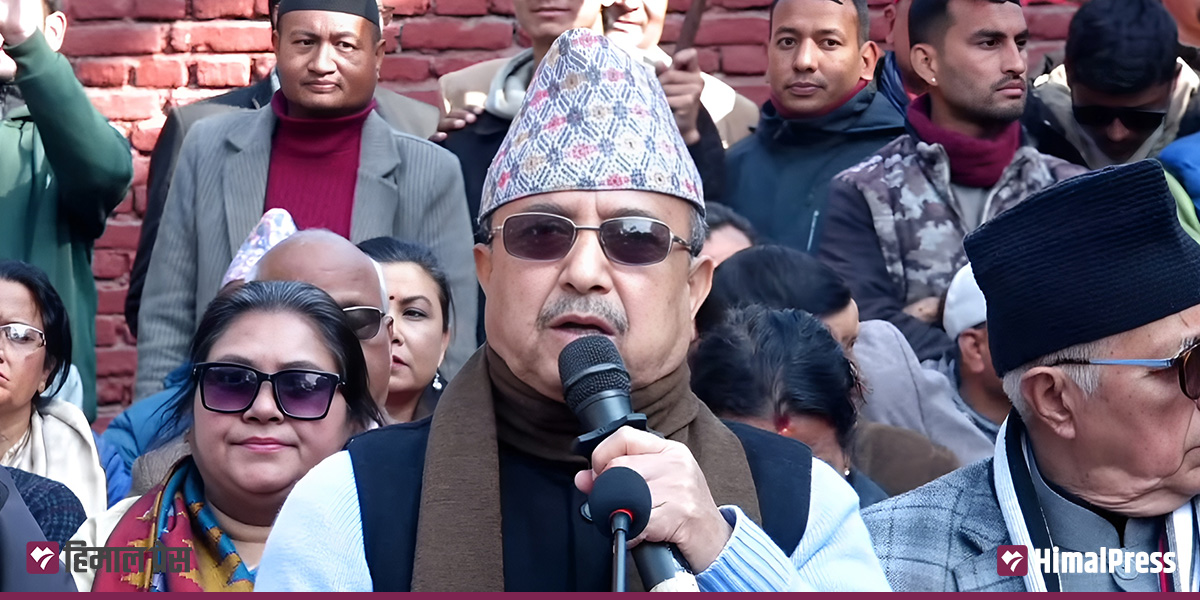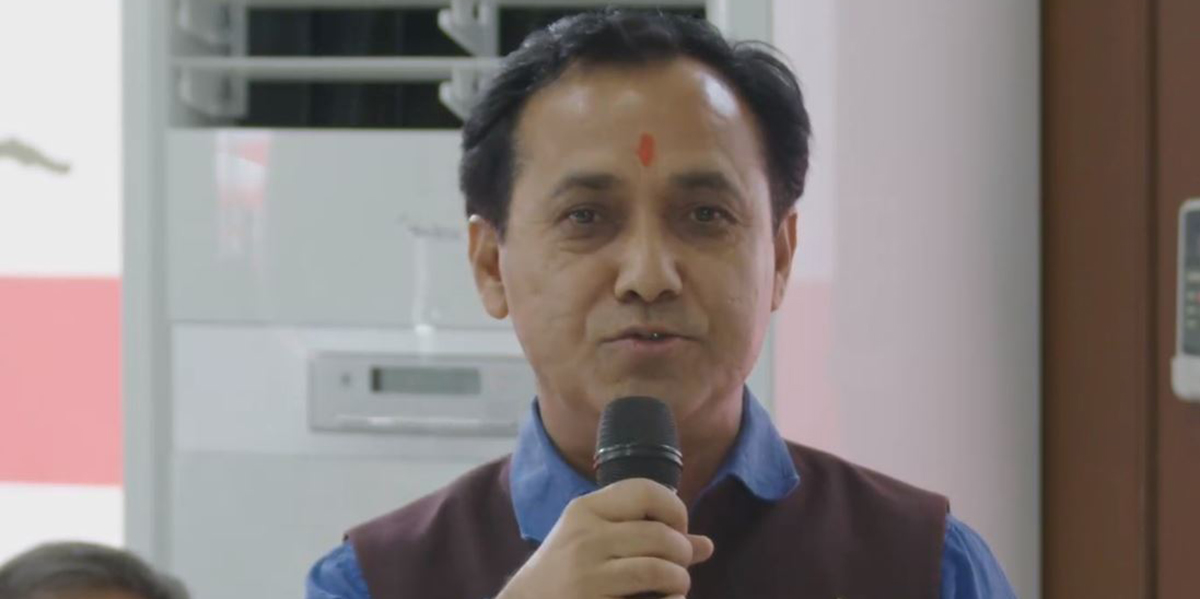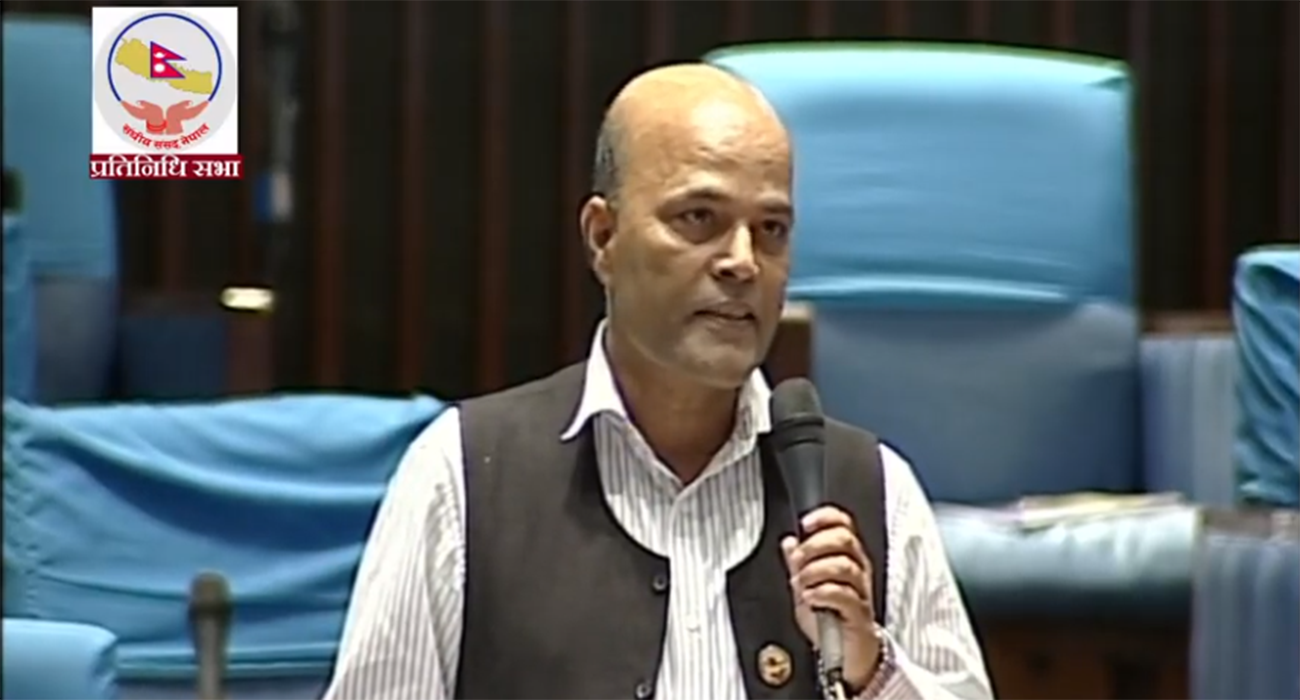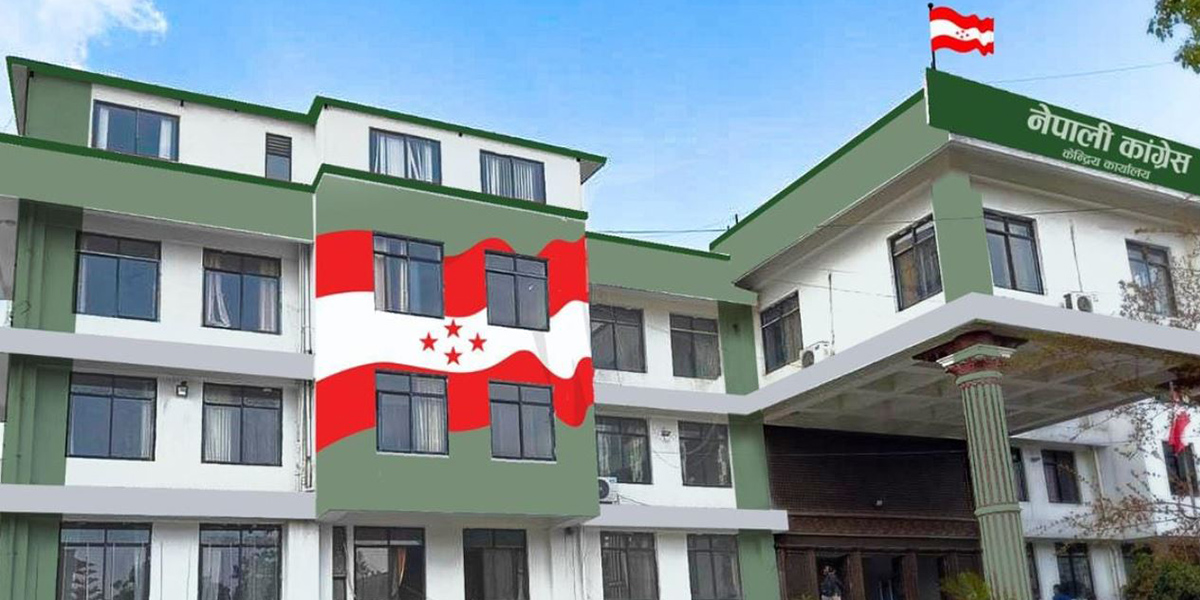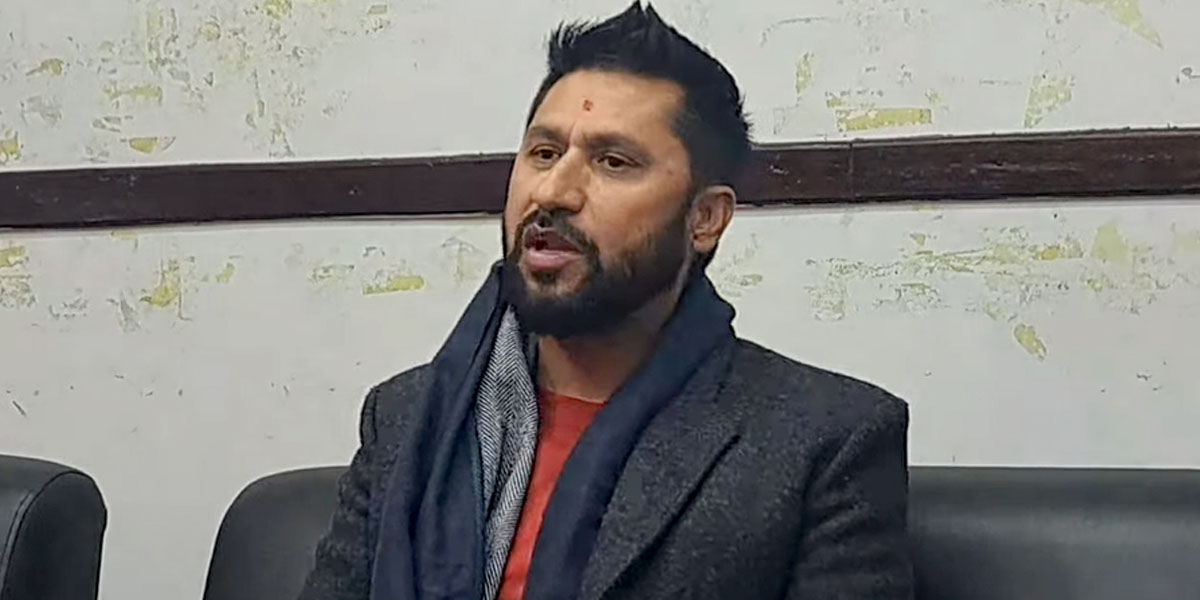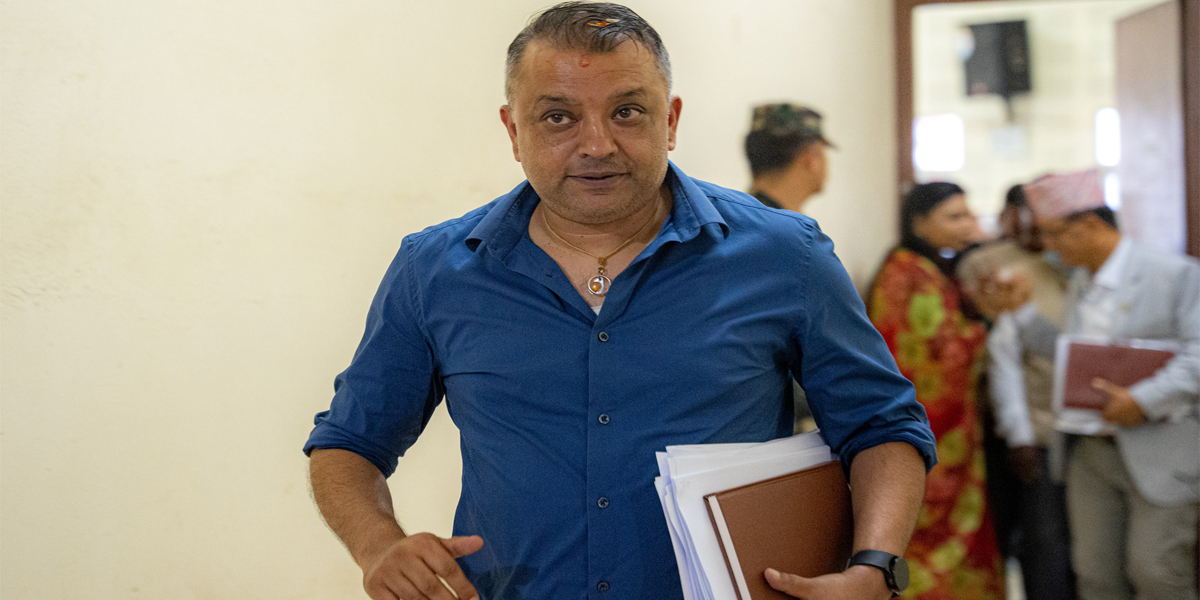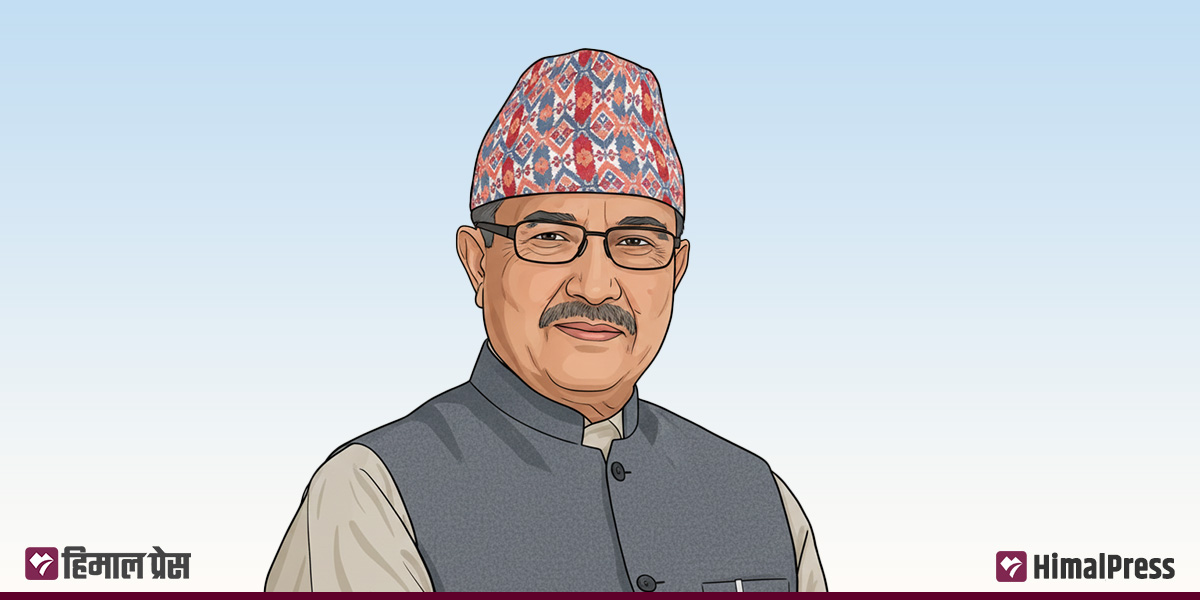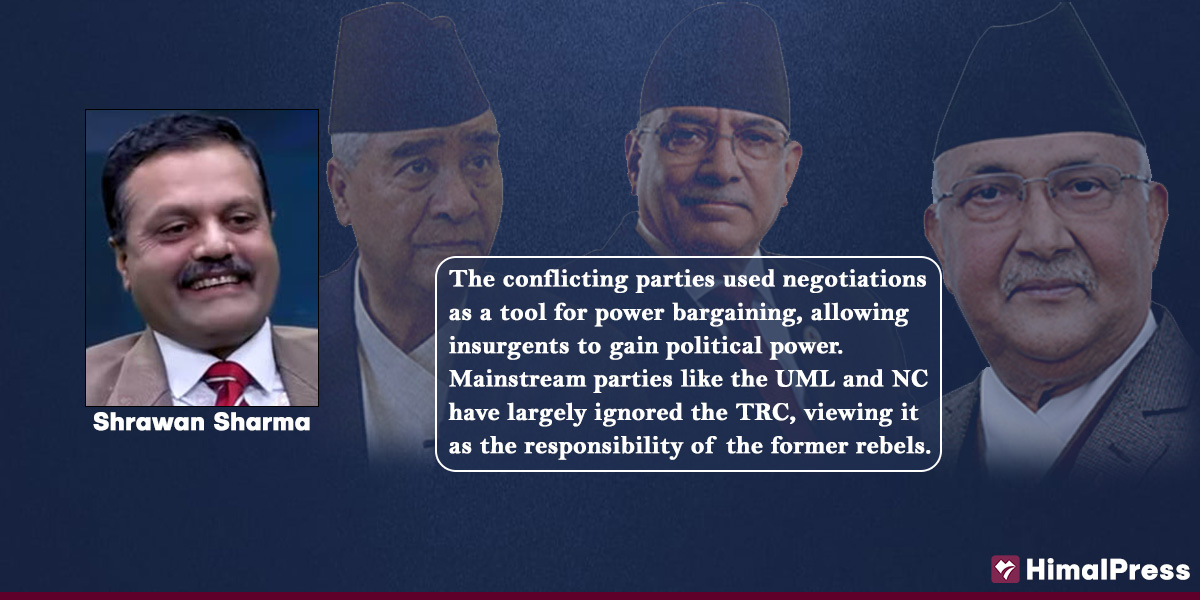
The Parliament recently passed the Enforced Disappearances Enquiry, Truth and Reconciliation Commission Act, 2014 (Amendment) Bill, popularly known as the TRC Bill, aimed at bringing war criminals to justice under internationally recognized norms and standards. However, the bill has once again failed to free the transitional justice process from the grip of politicians—many of whom were either directly involved in human rights violations during the armed insurgency or remained indifferent to such issues. This article seeks to explore the theoretical and practical shortcomings of the newly passed transitional justice legislation.
Nepal’s transitional justice process has been a tragic tale. Since the signing of the Comprehensive Peace Agreement (CPA), the state has become a puppet of political leaders. For peace and human rights defenders, liberating the Truth and Reconciliation Commission (TRC) from political control is a challenging yet crucial task, especially for the survivors and victims of the armed conflict. During the peace process, the Maoists showed a strong reluctance to the TRC. Now, with the weakening of their political influence, the Nepali Congress (NC) and the UML are likely to treat the TRC as a mere formality. Nepal’s failure to address war crimes and ensure justice has raised suspicions among UN member states, leading to increasing dissonance with the UN’s human rights mechanisms. Nepal must demonstrate that it still possesses the authority to bring war criminals to justice.
Why TRC?
In the past, the TRC was more about making a fuss than delivering justice. Victims of the conflict, disillusioned and neglected, languished in Kathmandu, only to eventually leave the country in search of low-paying jobs abroad. The conflicting parties, including the government, seemed pleased with this exodus, believing it reduced pressure on the TRC and eased the demand for war crime prosecutions. The TRC has two major goals: to address the true cost of the armed conflict and to prove that Nepal is capable of establishing peace by delivering justice to those in need. An effective TRC would demonstrate that the Nepalo government, state institutions, and democratic systems are not inert but committed to justice.
The Comprehensive Peace Accord envisioned the TRC as a tool for achieving sustainable peace in Nepal. Despite Nepal’s commitment to various international human rights instruments, massive human rights violations occurred during the armed insurgency. Some of the most serious cases and the brutal killing of civilians have drawn the ire of the international community. Over the last 18 years, rebels have assumed power, and those accused of crimes have become ministers, while the TRC has repeatedly failed, leaving victims in oblivion. This has fueled dissatisfaction within the international community. The TRC is seen as a path to salvation for the accused—if one passes through it unscathed, they are exonerated; if not, they remain culpable.
For the TRC to succeed, it must be freed from political influence and handed over to capable and courageous members. A free and independent TRC is essential for the investigation of cases of human rights violations in Nepal.
The concept of the TRC was first discussed at a political conference in Pokhara where this scribe served as a dialogue facilitator. Conflict scholar Shivahari Dahal envisioned a preliminary form of the TRC, inspired by the South African model. After the Pokhara conference, political parties engaged in a series of dialogues to end the war using internationally recognized human rights tools. The basic idea of the TRC, including its jurisdiction and content, was discussed in seminars organized for senior political leaders, where this scribe served as a resource person, rapporteur and facilitator. The new TRC bill looks amateurish, with many questions still unanswered.
The TRC should function as a mechanism to hold perpetrators accountable. Another important aspect of the TRC’s success is to dispel the perception that impunity and crime are endemic in Nepali politics. Although the new TRC law has been presented as a solution to chronic human rights problems, it is still likely to be dominated by political elites. For the TRC to succeed, it must be freed from political influence and handed over to capable and courageous members. A free and independent TRC is essential for the investigation of cases of human rights violations in Nepal.
There is a vast difference in understanding of the TRC between politicians, and peace and human rights defenders. Peace and human rights defenders argue that the TRC must be autonomous, with the security of its members and investigators guaranteed by the state. In contrast, the government sees it as a tool to intimidate others. The global experience with TRCs has proved that it is a complex process, and government interference could be disastrous.
A Weapon Against the Maoists?
Nepal’s political leaders have never been serious about the humanitarian crises during the armed rebellion. The conflicting parties used negotiations as a tool for power bargaining, allowing insurgents to gain political power. Mainstream parties like the UML and NC have largely ignored the TRC, viewing it as the responsibility of the former rebels. Consequently, TRCs have been formed based on political power-sharing arrangements. The intention behind creating ineffective TRCs was to delay possible punishments for human rights violators. This led to the selection of compliant members for the TRCs to ensure blanket amnesty for the culprits. TRC should not be seen as a weapon against the perpetrators; rather, it offers them a path to spiritual salvation.
Nepal has wasted two decades without making significant progress in delivering justice for war crimes. The perpetrators have frequently threatened to resume their insurgency if pressed too hard, while the victims have had no real options. The current government, led by two major political forces, should grant the TRC the autonomy it needs to effectively pursue justice.
The Urgent Tasks
The TRC must publicize all applications, complaints, and information that it has collected so far. It is estimated that around 60,000 cases have been registered, some of which are very serious human rights violations, with the TRC. For these serious cases, the TRC’s trials and investigations must be made public. Media access to the court process, where the affidavits of the accused are submitted, will be crucial in building the confidence of conflict victims and concerned communities that the state is genuinely addressing human rights issues. There is a visible conceptual difference between the government, which focuses on reparation, and the victims, who seek dignity and justice regarding the TRC. While reparation supports victims, only justice and dignity can truly satisfy them. Human rights and peace defenders must be proactive in restoring justice and dignity to those who were severely oppressed during the armed conflict.


